31 January 2009
Hear the sustain? . . . aaahhhhhhhhhhhhhhhhh . . .
Guitar World magazine has rated the Top 50 Guitar Solos. These types of lists always illicit outrage and passionate confirmation of devotees. This list's attraction is the detail in descriptions of the artists' work.
For instance, the professorial explanation of David Gilmour's solo on Dark Side Of The Moon's, "Time" . . .
For most of my solos, I usually use a fuzz box, a delay and a bright eq setting. But to get that kind of singing sustain, you really need to play loud—at or near the feedback threshold.
On the other hand, Ritchie Blackmore's work on "Highway Star," from Rainbow's "triumphal" Machine Head, just can't be made up . . .
We had the Rolling Stones’ mobile recording unit sitting outside in the snow, but to get there we had to run cable through two doors in the corridor into a room, through a bathroom and into another room, from which it went across a bed and out the veranda window, then ran along the balcony for about 100 feet and came back in through another bedroom window. It then went through that room’s bathroom and into another corridor, then all the way down a marble staircase to the foyer reception area of the hotel, out the front door, across the courtyard and up the steps into the back of the mobile unit. I think that setup led to capturing some spontaneity, because once we got to the truck for a playback, even if we didn’t think it was a perfect take, we’d go, ‘Yeah, that’s good enough.’ Because we just couldn’t stand going back again.
But while the vibe may have been loose, Blackmore’s solo on ‘Highway Star’ was well planned. “I wrote that out note for note about a week before we recorded it,” says the guitarist. “And that is one of the only times I have ever done that. I wanted it to sound like someone driving in a fast car, for it to be one of those songs you would listen to while speeding. And I wanted a very definite Bach sound, which is why I wrote it out and why I played those very rigid arpeggios across that very familiar Bach progression—Dm, Gm, Cmaj, Amaj. I believe that I was the first person to do that so obviously on the guitar, and I believe that that’s why it stood out and why people have enjoyed it so much.
Read the rest here.
Thanks, Kev.
Subscribe to:
Post Comments (Atom)









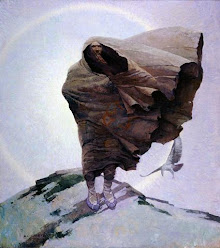














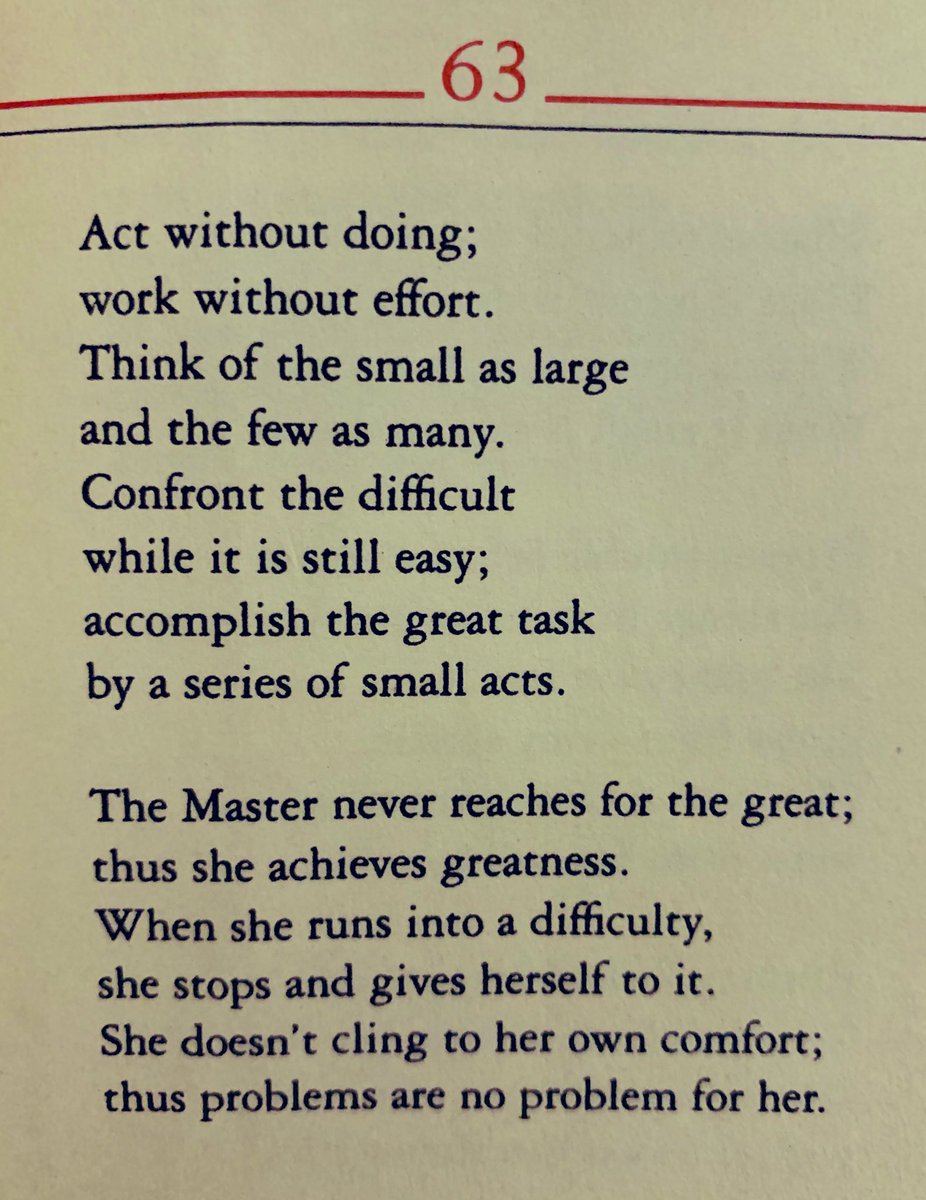















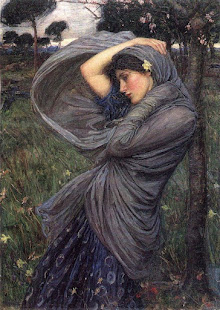





















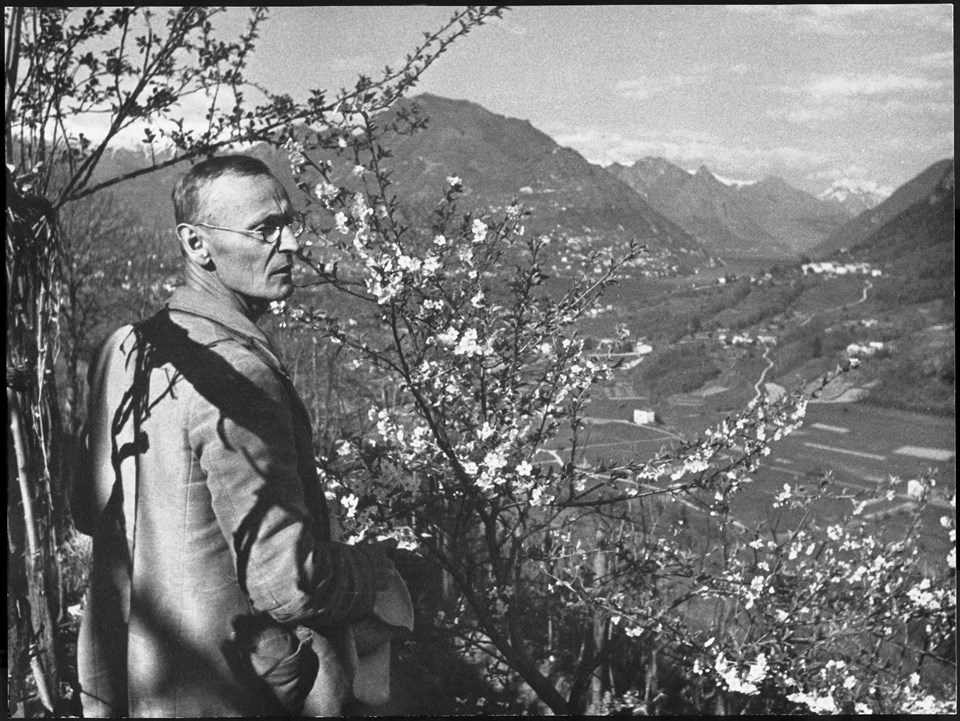


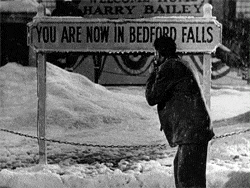







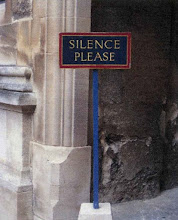









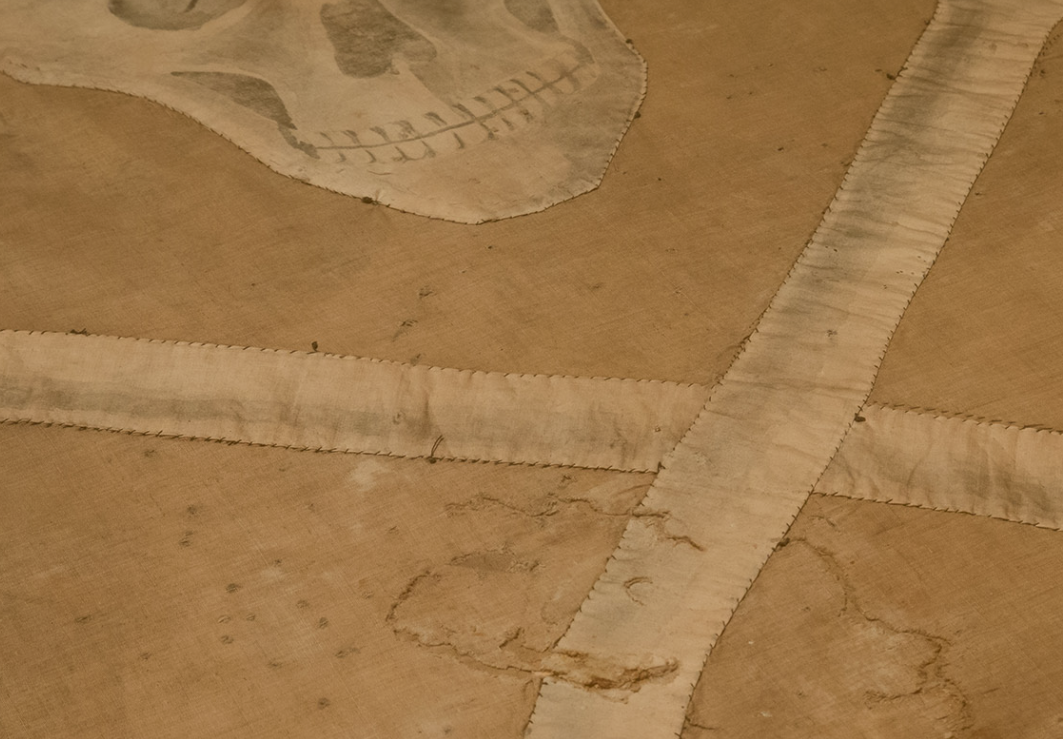

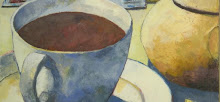
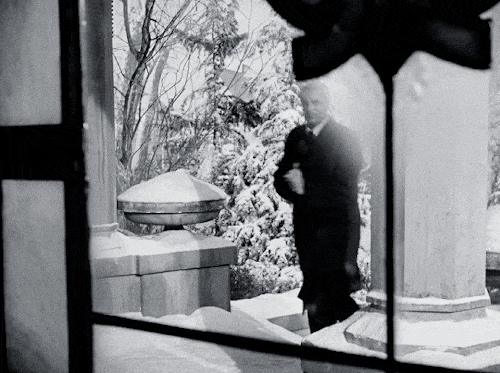


















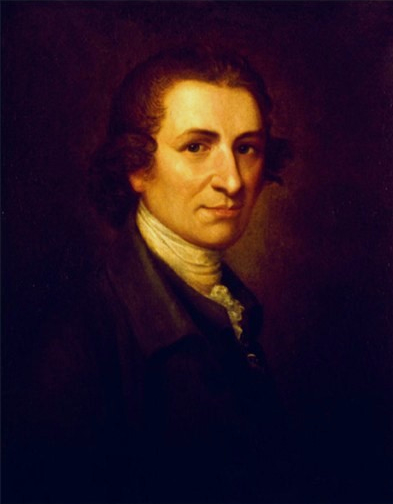


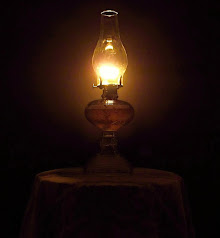



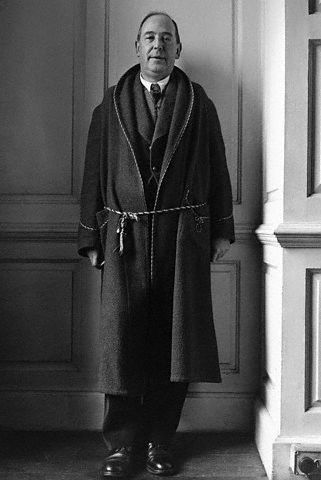



No comments:
Post a Comment